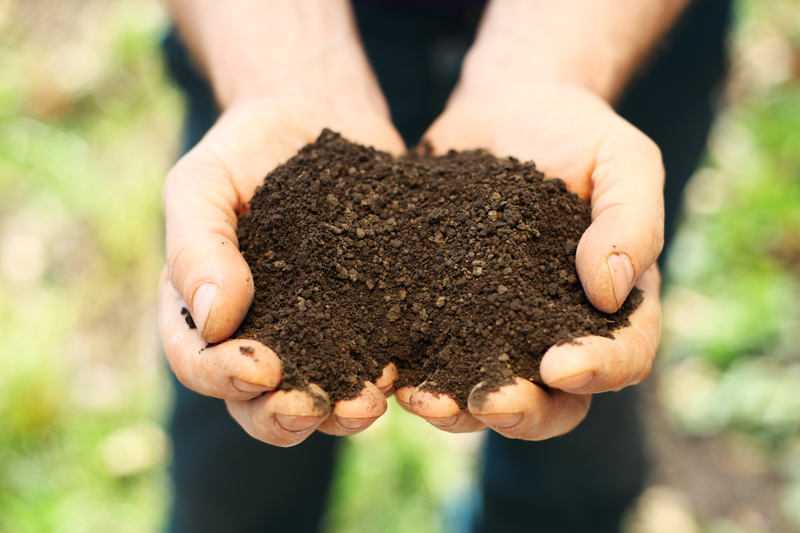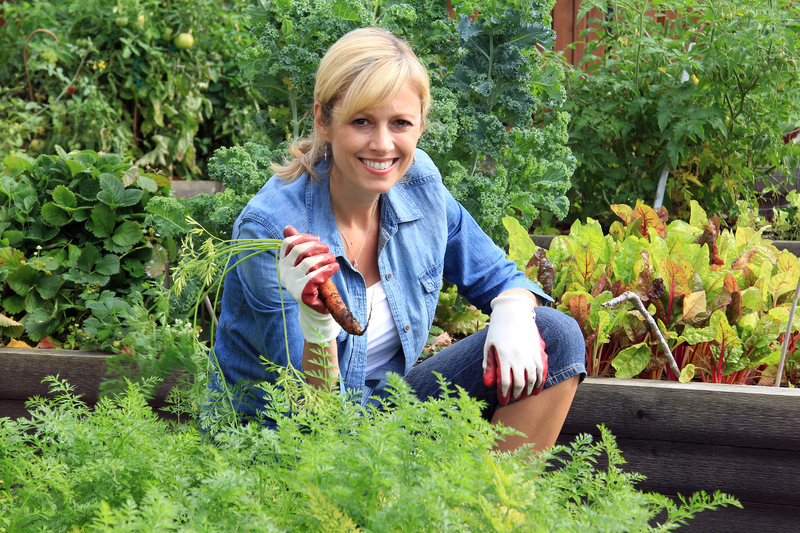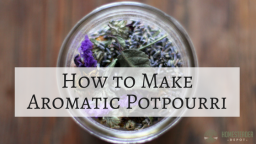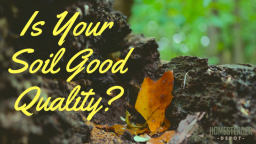If you are interested in homesteading, urban homesteading, or natural health, you probably care about what goes into your body. You try to buy organic and eat whole, healthy foods that are the best sources for the macronutrients, micronutrients, and minerals that our bodies need to thrive.
But do you take so much care of the plants you grow? Plants need food as well, and not just bland, synthetic versions of the food they thrive on, but natural, pure, varied nutrients. The way plants get their “food” is through the soil. This is one reason it is so important to always make sure your plants are properly hydrated (just like your body!) because that is the best way for plants to absorb the nutrients in the soil.
So, how do you determine if you have good quality soil? It can be a bit confusing at first, so we’ve got a handy guide for how to determine if you’ve got good quality soil, or if it might need some improvements.
What is soil quality?

OK, so we know we need to have good, nutritious soil for our plants to thrive, but what exactly does this mean? Soil quality cannot be measured simply by the yield in a single bed, the quality of the water you use to water your garden, or by any other isolated outcome. There is also no one factor that will indicate you have good soil quality.
Instead, there are a few key factors to look at. For instance, how well our plants are doing is certainly an indication. There are also different properties of the soil or plants that we can test for that can give some insight into how healthy the soil is.
Here are some characteristics of useful indicators of quality:
- they’re easy to measure
- they’re accessible
- they measure chemical, biological, or physical properties
- they are sensitive to variations in climate
Soil tests are one concrete example of a good indicator to test for. Once you collect several different soil quality indicators, you can put what you’ve learned together and look for patterns or compare results to measurements taken at a different time.
Here are some examples of reliable soil quality indicators:
Soil Organic Matter

This is a familiar one to any seasoned organic farmers or gardeners. There are many ways to tell if your soil is rich in organic matter. Earthworms and earthworm castings are a good indicator, as is the rich color and texture of hummus. Also, soil with a healthy amount of organic matter won’t erode easily and will drain water properly. Also, if all your plants seem to have the right nutrients, i.e. no yellowing leaves, no wilting, healthy green color, few pest issues, and reasonable yields are all signs that you have a desirable amount of organic matter in your soil.
Suggested Article: “Tips to Help You Improve Your Soil”
If you suspect you do not have the right amount of organic matter in your soil, there are many ways to combat this (and if this is the case, you’re not alone! The great majority of the work involved in organic farming surrounds enriching soil naturally). Making sure to add lots of compost and organic materials to your soil such as coffee grounds, egg shells, comfrey, compost tea, etc. are all examples of easy and beneficial ways to add organic matter to your soil.
Chemical Indications

Simple soil and pH tests are the most common way to measure these factors. Quality soil will have a properly balanced pH factor. If you are unsure what this is, pH testing strips are easy to find at gardening supply stores, as well as very easy to perform. If you have improper pH balance, there are a number of ways to combat either too high or too low pH using certain fertilizers, amendments, etc.
Suggested Article: “Making Your Own Potting Soil”
Soil tests can also give you a lot of information into the nutrients available in your plants. Again, if you find yourself lacking in any of these areas, there are different organic, natural treatments, depending on which nutrients you are lacking. Some example os nutrients you might need to amend for are calcium, magnesium, phosphorous, potassium, and sulfur; the macronutrients of a healthy plant diet.
Biological Indications

Biological indications include microbial biomass, mineralizable nitrogen, and soil respiration. Nitrogen is essential to healthy soil and plant growth, and quality soil will be a good repository for nitrogen as well as the other basic nutrients that plants require. While soil tests might indicate the presence of these nutrients, the retention of these nutrients will be measured over time. If the soil is not of good quality, certain essential nutrients might deplete over time, so this is an example of some biological indicators that can be measured.
Another biological indicator would be high soil productivity. Soil is a living being, and quality soil is thriving with organic material and microbacterial life.
You need quality soil for a healthy, happy garden. It is important to take a look at these various factors to determine if you do have quality soil. However, just because your soil might be lacking in one area doesn’t mean all is lost, most soil will need to be amended and looked after to develop into a healthy habitat for your plants.















